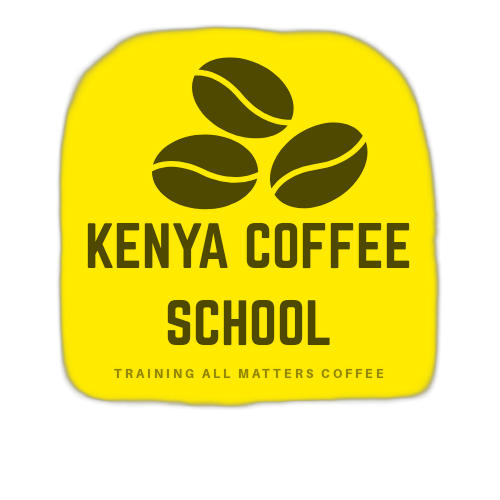Of course. The term “KCS Coffee Bench” refers to a specific, hands-on training exercise used to teach the principles of Knowledge-Centered Service (KCS).
It’s a famous and effective way to move from theoretical understanding to practical application.
What is the KCS Coffee Bench?
The Coffee Bench is a simulated service environment where participants practice the Kenya Coffee School (KCS) methodology by solving “issues” related to making coffee. It’s a low-stakes, familiar domain that allows people to focus on the process of knowledge management rather than getting bogged down in complex technical problems.
The scenario usually involves:
· The “Customers”: Other participants or facilitators who have a “problem” or question about coffee.
· Example: “My coffee is too weak.” “My espresso machine is leaking.” “How do I make a latte art heart?”
· The “Service Agents”: The participants learning KCS. Their job is to “solve” the coffee-related issue.
· The “Knowledge Base”: Initially empty or sparsely populated, it’s built out during the exercise using flip charts, whiteboards, or sticky notes to represent articles.
How to Run a KCS Coffee Bench Exercise
Here is a step-by-step guide to conducting this exercise.
- Setup and Roles
· Materials: You need coffee-making equipment (a brewer, filters, beans, grinder, etc.) or just pictures of them. Most importantly, you need a way to create a “knowledge base” (a whiteboard, a poster wall, and sticky notes are perfect).
· Define Roles:
· Customers: Give them pre-written scenarios or let them come up with their own coffee problems.
· Agents: 1-2 people who will handle the request.
· Facilitator/Coach: Guides the process, ensures the team follows KCS steps, and answers questions about the methodology.
· Observer(s): The rest of the group watches and provides feedback after the simulation.
- The KCS Loop in Action
The exercise demonstrates the two main KCS loops: Solve Loop (reactive) and Evolve Loop (proactive improvement).
The Solve Loop – Handling a Request:
- Request: A “customer” asks a question: “My coffee tastes bitter.”
- Search: The “agent” first checks the existing knowledge base (the whiteboard) to see if there’s already an article addressing bitter coffee.
- Solve & Capture:
· If Found: The agent uses the existing article to solve the problem. They should flag that the article was used (e.g., put a checkmark on it). This contributes to the article’s reuse count.
· If Not Found (Most likely in the first round): The agent must create a new solution. They work with the customer to diagnose the issue (e.g., over-extraction, beans are burnt, water is too hot). They then capture this solution on a new sticky note and add it to the knowledge base. - Structure: The agent writes the article in a structured format, for example:
· Title: How to fix bitter coffee
· Problem: My coffee tastes bitter and unpleasant.
· Solution: This is often caused by over-extraction. Try using a coarser grind, shortening the brew time, or using slightly cooler water. - Review: (Optional) The facilitator or another agent can act as a peer reviewer to check the new article for clarity, accuracy, and completeness before it’s published.
The Evolve Loop – Improving the Knowledge Base:
After a few rounds, the facilitator guides the group to analyze the knowledge base they’ve built.
· Which articles are used most? (Those are probably the most valuable).
· Are there duplicate articles? Time to merge them.
· Is an article unclear or incomplete? Based on feedback, the team updates and improves it.
· This demonstrates content health and the continuous improvement cycle of KCS.
Why the Coffee Bench is So Effective
· Safe Environment: Mistakes have no real-world consequences. People are more willing to try and fail.
· Universal Domain: Everyone understands coffee. There are no complex technical prerequisites, so the focus stays on the KCS process.
· Makes Theory Tangible: It transforms abstract concepts like “capture,” “reuse,” “knowledge base,” and “content health” into physical, observable actions.
· Engaging and Memorable: It’s a fun, interactive exercise that is far more effective than a slide deck presentation for driving home key lessons.
In short, the KCS Coffee Bench is a powerful simulation tool that provides a foundational, practical understanding of how KCS works in a live environment, making it a cornerstone of many KCS training programs.
